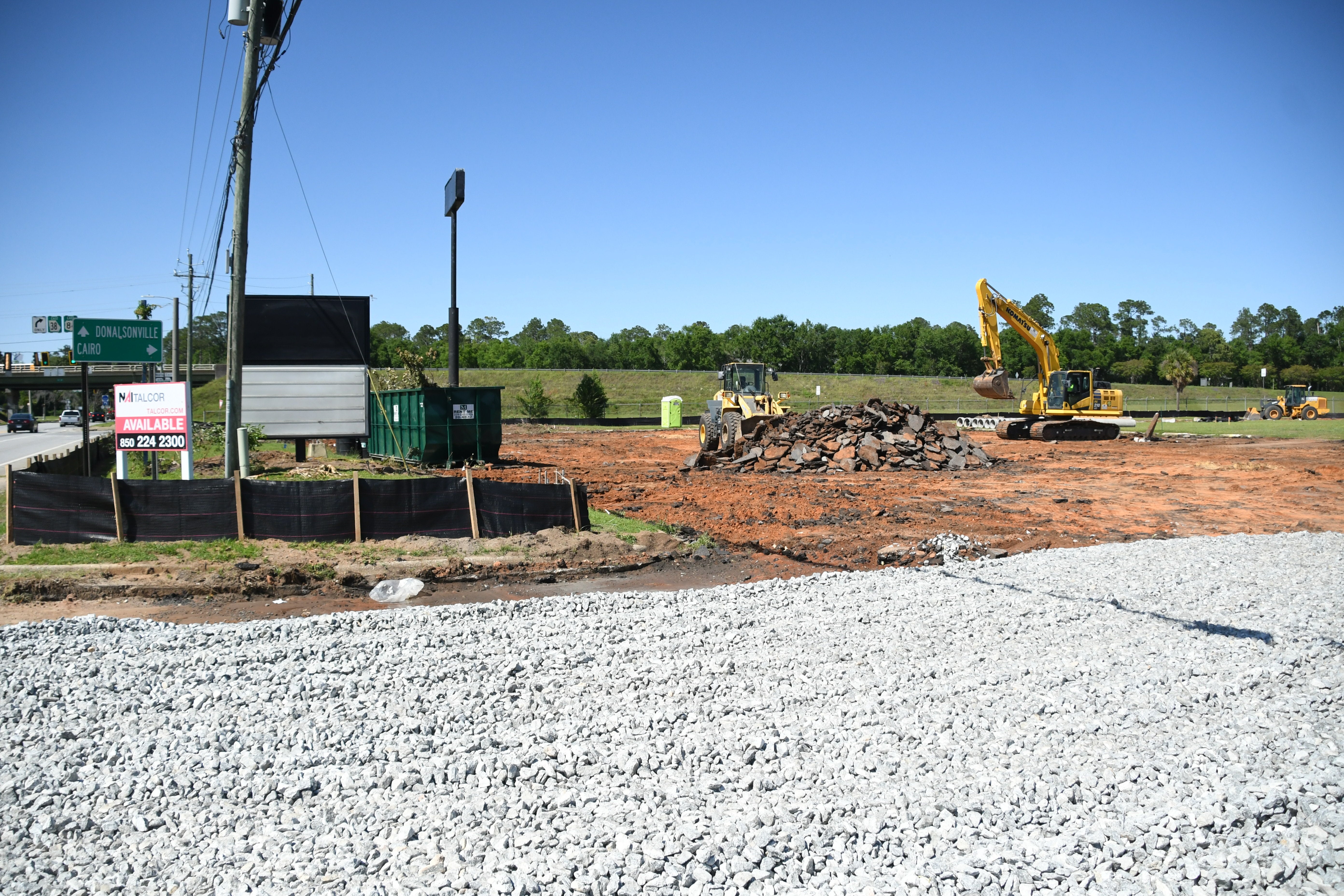Have you built your investment pyramid?
Published 1:58 pm Friday, October 30, 2009
Of the “Seven Wonders of the Ancient World,” the only one still in existence is the Great Pyramid of Giza.
This tells you something about the strength of the pyramid structure, but it also suggests that the pyramid may be a good metaphor for other endeavors that you wish to endure—such as your investment strategy.
In fact, by creating an appropriate “investment pyramid,” you could address your key financial needs and goals.
What might this pyramid look like? Consider the following “layers”:
Cash and cash equivalents—The “base” of your pyramid should consist of cash and cash equivalents—short-term investment vehicles that are highly liquid. Without sufficient cash available, the rest of your pyramid could crumble because you might be forced to liquidate longer-term investments to pay for short-term or emergency needs.
Income—The next level up of your pyramid might contain income-oriented investments, such as bonds and certificates of deposit (CDs). While these investments may not offer sizable rates of return, they can offer reliable income.
Growth and income—The middle layer of your pyramid should include investments, such as dividend-paying stocks, that offer the potential for both growth and income. (Keep in mind, though, that companies are not obligated to pay dividends and can reduce or eliminate them at any time.)
Growth—The second layer from the top of your pyramid is reserved for growth-oriented investments, such as the stocks of companies whose earnings are expected to grow at an above-average rate, relative to the rest of the financial market. As you’ll note, though, the key word is “expected,” because growth stocks can, and do, produce negative returns as well as positive ones.
Aggressive—At the very top of your pyramid are the most aggressive investments. While these investments may offer the highest growth potential, they also usually carry the greatest risk level.
Your total investment mix may include investments from every part of the pyramid, but how much should go into each layer? There’s no one right answer for everyone.
In filling out your investment pyramid, you’ll need to consider your risk tolerance, time horizon, short- and long-term goals and other factors. So, if you are a fairly conservative investor, you might place fewer investment dollars in the “aggressive” layer than someone who was willing to take more chances in exchange for potentially higher returns.
However, the various weightings within your investment pyramid will likely change over time. As you near retirement, for example, you may want to move some—but certainly not all—of your investments from the “growth” layer to the “growth and income” or “income” layers. An investment professional can help you review your evolving family and financial situations and make recommendations on what changes you may need to make to your pyramid.
Pyramids last a long time. And if you build and maintain your investment pyramid with care, you can keep it working efficiently for many years to come.



